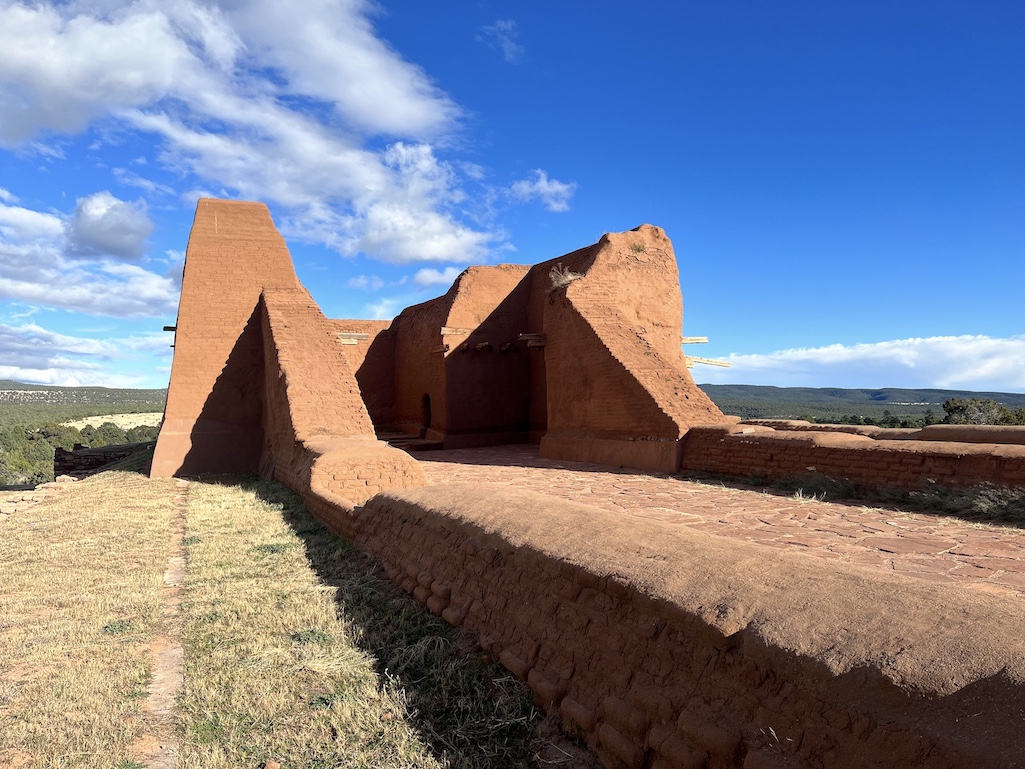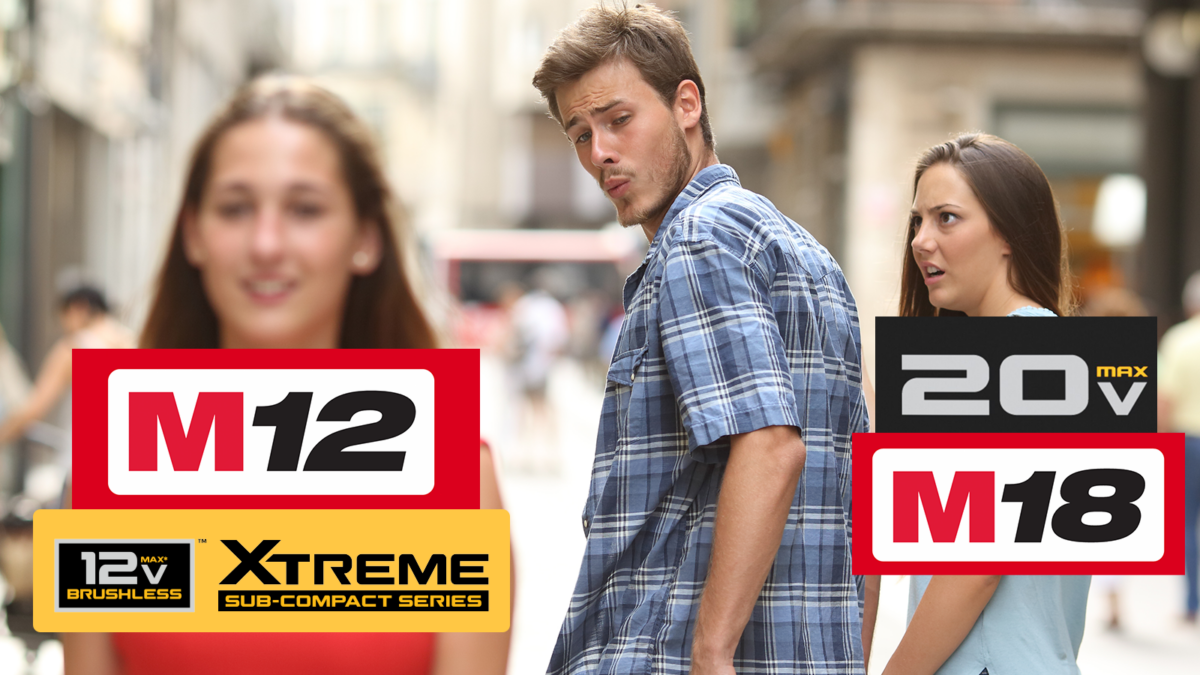
The .30-30 Winchester is still an excellent medium game cartridge, so here’s a look at the best hunting loads available.
What Are The Best .30-30 Winchester Loads For Hunting?:
Other Great .30-30 Hunting Loads:
There was a time in deer camps when the “Thirty-Thirty” reigned supreme. The .30-30 Winchester cartridge offers a good compromise between power and recoil, plus the rifles and carbines it was typically chambered in were easy to maneuver and carry all day. While many hunters started with a .30-30 before moving on to something bigger, plenty of others chose to stick with it. After all, why fix what ain’t broken? With modern advances in ammunition and new cartridges being introduced, one would expect the .30-30 Winchester (with over a century of use under its belt) to have faded away into the sunset. Not a chance. The .30-30 is the American deer cartridge, and it remains the benchmark by which all others are compared.
.30-30 Is Born
Winchester had been providing Americans with lever-action guns since the 1860s, and while popular and effective, these older models were designed to only shoot black powder cartridges. This includes the first iteration of the Winchester Model 1894 which was chambered for .32-40 Winchester and .38-55 Winchester. Smokeless powder was beginning to catch on, however, and Winchester decided to keep up with the times. Just one year after the Model 94 was introduced, the design was revamped to use a harder steel to allow the use of higher-pressure smokeless powder cartridges. The smokeless cartridge they developed for the new Model 94 was called .30 Winchester Centerfire or .30 WCF, more commonly known today as .30-30. This cartridge and rifle combo is perhaps the most popular hunting setup ever made.

The new .30-30 round was originally loaded with a 160-grain .30-caliber bullet over 30 grains of early smokeless powder. This was the old-fashioned way of naming a cartridge similar to the .45-70 Government—.45 caliber bullet over 70 grains of black powder. The .30-30 name stuck. That original load had a muzzle velocity of about 1,970 fps.
While 1,970 fps is slow by today’s standards, back in the late 1890s the cartridge was seen as a fast, flat-shooting round. It was popular from the beginning, and that helped stoke the legendary status of the cartridge. Today the .30-30 has two common bullet weights in its sweet spot: 150- and 170-grain. Lighter and heavier bullets are available, but these two weights best show off the .30-30’s abilities.
Game Getter
In the U.S. alone the .30-30 has been used to hunt all sizes and types of beasts: whitetail deer, mule deer, pronghorn, caribou, elk, moose, and black bear as well as wolves, coyotes and an assortment of other varmints and critters. The round is quite capable of taking game at modest ranges. It is by no means a long-range cartridge. The caliber is best suited in scenarios where shots will be under 100 yards. It is a caliber for the woods and not the prairies for sure.
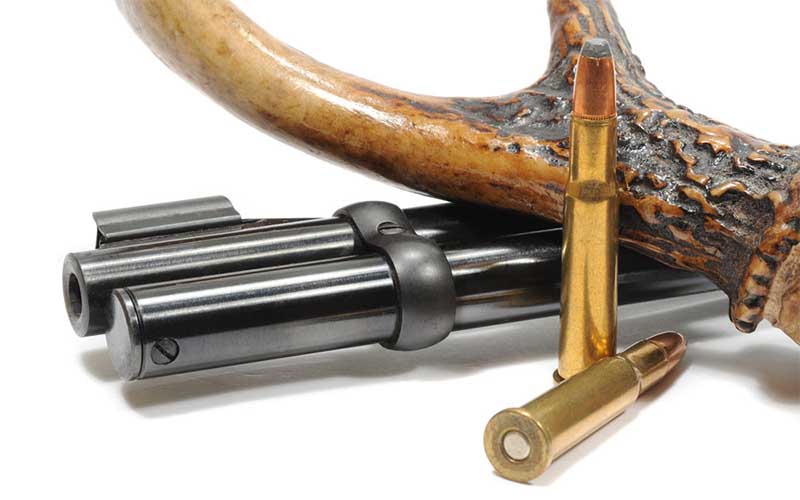

Common .30-30 Loads
The most common .30-30 factory loads are with 150- and 170-grain bullets. Looking at Winchester factory data on Power-Point ammo, the 150-grain soft point has a muzzle velocity of 2,390 fps and 1,902 foot-pounds of energy. The Power-Point 170-grain load only loses a bit of speed and energy with a muzzle velocity of 2,200 fps and 1,827 foot-pounds. The best zero for both of these loads is 100 yards. At 200 yards, the 150-grain bullet drops almost 6.5 inches and has 1,116 foot-pounds of energy left, which means the round is capable of a 200-yard shot but only by a capable marksman. For most hunters, that holdover makes for a tricky shot that is best to pass by.
One more bullet weight offered for the .30-30 is the 125-grain soft point. Remington makes this cartridge as a managed recoil round. It offers more velocity, but less energy downrange than either the 150- or 170-grain bullets. Another less common bullet weight to consider is 190 grains. These rounds are best suited for long-range shooting or defense in grizzly country.
The best update .30-30 has received in the recent past was in 2006 when Hornady introduced LEVERevolution ammo. One drawback of .30-30 ammo is the need to use flat- or round-nose bullets. The reason for this is the cartridges feed from a tubular magazine, with the bullet of one round touching the primer of the cartridge in front of it. The blunt bullet design ensures the tip of the bullet doesn’t accidentally fire the cartridge in front during recoil or when dropped. The bad news is these round- and flat-nose bullets have a lousy BC and drag through the air. Hornady cleverly placed a soft rubber tip on a more pointed bullet with a better BC which translates into increased accuracy and power at longer ranges. Best of all, they’re safe to use in tube mags.
Hornady loads these rounds with 140- and 160-grain bullets that have muzzle velocities of 2,465 fps and 2,400 fps, respectively. As you can see in the chart below, the Hornady 140-grain bullet has a slightly flatter trajectory and drops less than five inches at 200 yards. Less common are 165- and 175-grain cartridges. Both of these bullets are specialized, subsonic bullets that offer low noise and reduced recoil.


.30-30 Vs. Modern Cartridges
Two modern cartridges that have similar ballistics to the .30-30 are 300 BLK and .350 Legend. The 300 BLK was designed to fire a .30 caliber bullet in AR-15-style rifles. This cartridge is offered in sub and supersonic options in bullet weights ranging from 100 to 220 grains. Winchester offers a 150-grain bullet in the 300 BLK under their Power-Point line. The .350 Legend was designed for use in states that allow straight-wall cartridges and is used in AR-15, bolt-action and single-shot rifles. Bullet weights for the .350 Legend range from 140 to 255 grains with 150-grain bullets being popular. This chart compares the two modern 150-grain bullet loads—the 300 BLK and .350 Legend—against the old-school 150-grain .30-30.


What’s newer doesn’t necessarily translate into better. All three of these rounds are evenly matched, but interestingly, the .30-30 actually shoots a bit flatter than the 300 BLK and .350 Legend. At 200 yards the 300 BLK drops 11.3 inches and the 350 Legend drops 7.5 inches; the .30-30 only drops 6.4 inches. At 100 yards, the .30-30 has 1,468 foot-pounds of energy, the .350 Legend has 1,290 foot-pounds and the 300 BLK has only 907 foot-pounds. Clearly, the ballistics of the older .30-30 is the top dog in this comparison. All three calibers offer mild recoil. The only disadvantage I see with the .30-30 is the limited types of rifles chambered for it. You have your choice of a lever-action or a lever-action. That might be a detriment to some hunters, while others may just want to cowboy up. Hunting ammo cost for all three calibers is comparable.
So, why choose the .30-30? The cartridge has been around for well over 100 years now and in that time it’s more than proven itself in the field. It’s a timeless, all-American cartridge that can serve you just as well today as it did when it was invented (or likely even better, given modern ammo developments). If you’re a hunter looking to bag some game with a lever-action, the venerable .30-30 remains an excellent option.
Top Ten .30-30 Hunting Loads
Winchester Super-X


Super-X ammo is loaded with 150-grain hollow point bullets that feature a rearward weight design to enhance bullet accuracy. At the business end, the jacketed hollow point offers rapid expansion on impact. I’ve used these 150-grain bullets in the past and found that at 50 yards they knock deer down. Factory data states muzzle velocity is 2,390 fps and muzzle energy is 1,902 foot-pounds. The cost per round is about $1.97 or $40 for a box of twenty. Winchester usually runs old-school mail-in rebates where you snail mail your receipt and UPC code on the side of the box, along with a form. All that paperwork knocks a few bucks off the price. This is a great option for deer, black bear and pigs.
Winchester Power-Point
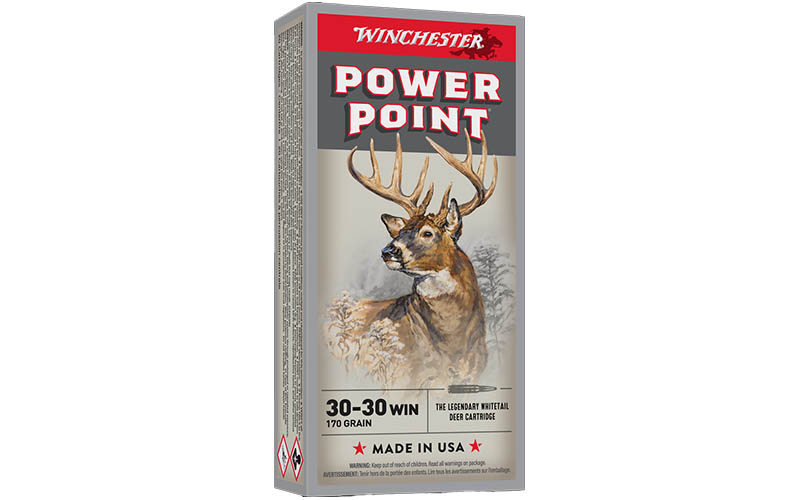

This time-proven ammunition uses a 170-grain Power-Point bullet for more penetration. I have shot a lot of this ammo, as have many other deer and bear hunters, in all types of lever-actions, and found I can depend on it to help me fill my tag. Factory muzzle velocity is stated at 2,200 fps and energy is rated at 1,827 foot-pounds. I actually got a bit more speed—2,233 fps—out of my Winchester Model 94 Short Rifle with a 20-inch barrel, and that was on a cold day. Average groups measured 1.8 inches at 50 yards using open sights. This ammo is less expensive than other Winchester cartridges. Expect to pay about $1.20 a round or a bit over $24 for a full box of twenty. Another good option for deer, pigs, and black bear.
Remington Core-Lokt
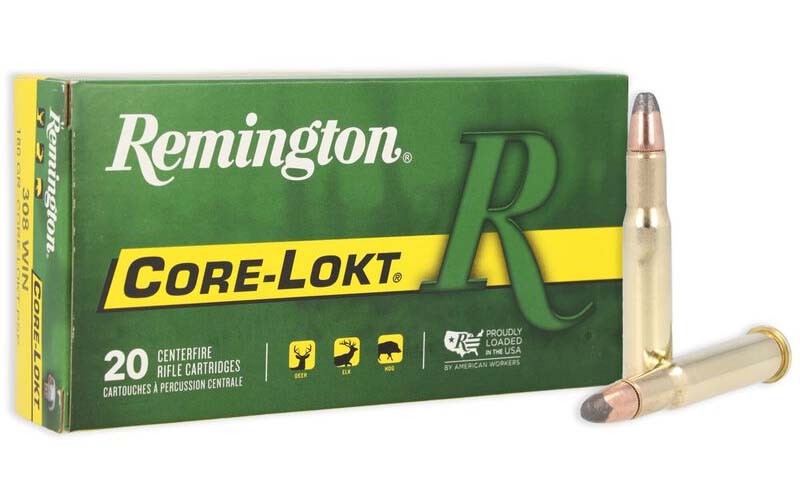

This .30-30 ammo choice is really a go-to deer cartridge. The 150-grain Core-Lokt soft point bullet with the scallop edge jacket has been extremely popular with hunters for decades. It’s a no-nonsense bullet designed to mushroom on impact. Remington’s marketing used to call Core-Lokt bullets the deadliest mushrooms in the woods. Dad’s pal had a Sears Model 100 lever-action (that was made by Winchester) that grouped Core-Lokts at 2.1 inches at 50 yards with open sights. That’s MOD (Minute Of Deer) in my book. Muzzle velocity and energy are 2,390 fps and 1,902 foot-pounds, respectively. They go for about $1.40 each or $28 for twenty. It also comes in a 170-grain bullet version and a 125-grain Managed Recoil option that produces 50 percent less recoil. A good option for deer.
Federal Power-Shok
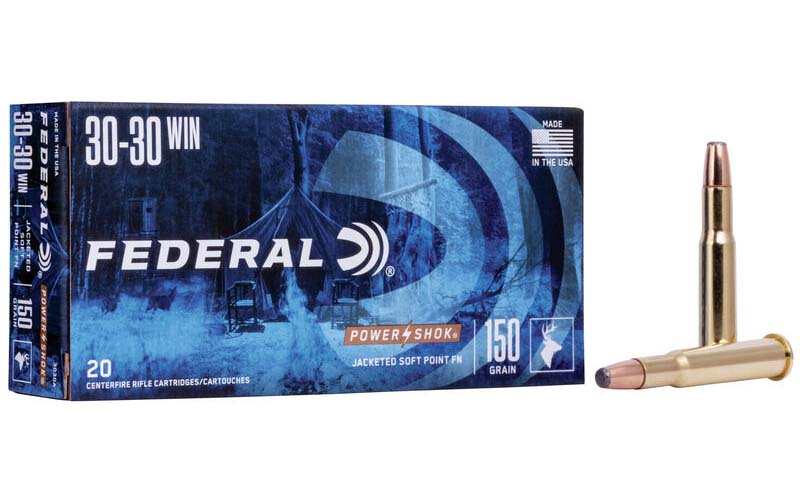

This is another go-to .30-30 deer round loaded with a 150-grain jacketed soft point flat-nose bullet. Some Marlin 336 hunters find it very accurate in their rifles. Ballistics are what you expect: 2,390 fps muzzle velocity and 1,902 foot-pounds of energy. This ammo is affordable at about $1.13 per round; boxes are about $23. At this price, you can buy more ammo for next season or share it with that buddy who never seems to have ammo come hunting season. Also a good option for whitetails.
Federal Premium Barnes TSX
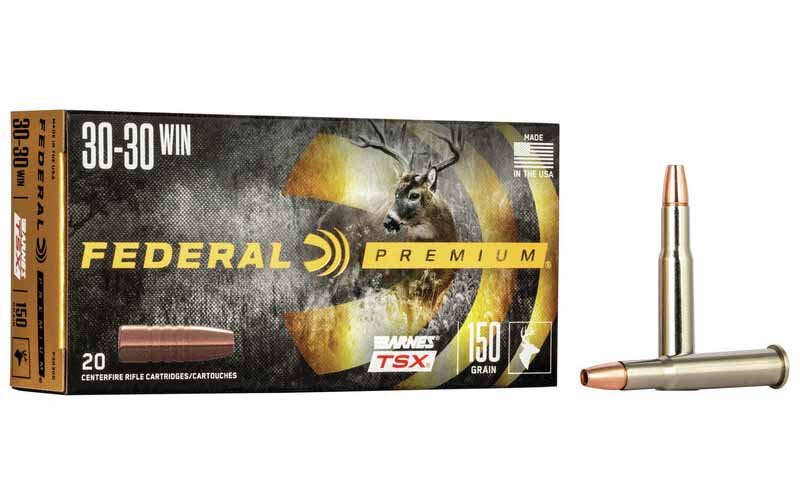

I’m a big fan of Barnes TSX bullets since they retain weight, consistently expand to nearly double the diameter and offer great penetration. They have a monolithic copper construction, too, and the bullet shank is grooved for accuracy. The 150-grain offers great penetration, so if it’s feral pigs or black bear you are after, I’d load up with these. Out of my Winchester 94, muzzle velocity clocked at 2,200 fps and 1,641 foot-pounds of energy. I averaged 1.5-inch groups at 50 yards. These rounds are a bit pricey, as they have an MSRP of about $56 per box. This a good option for larger body animals like moose and elk where more penetration is required. It’s also a good choice where hunting regulations dictate or encourage the use of non-lead bullets.
Prvi Partizan
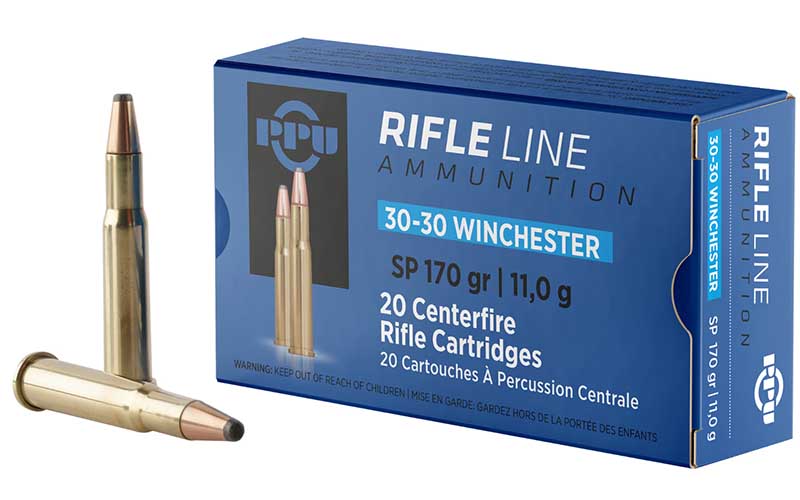

I have had excellent results with this Serbian-produced ammo in a variety of different calibers, especially the .30-30 loaded with a 170-grain soft point. Not only is this ammo inexpensive, but it does not compromise on performance. It cycles smoothly and loads easily. Muzzle velocity is 2,181 fps and muzzle energy is 1,792 foot-pounds. I have seen this ammo advertised as low as $1.04 a round or $21 for a box of twenty. That strokes the frugal Yankee in me. Good choice for deer and pigs.
Hornady LEVERevolution
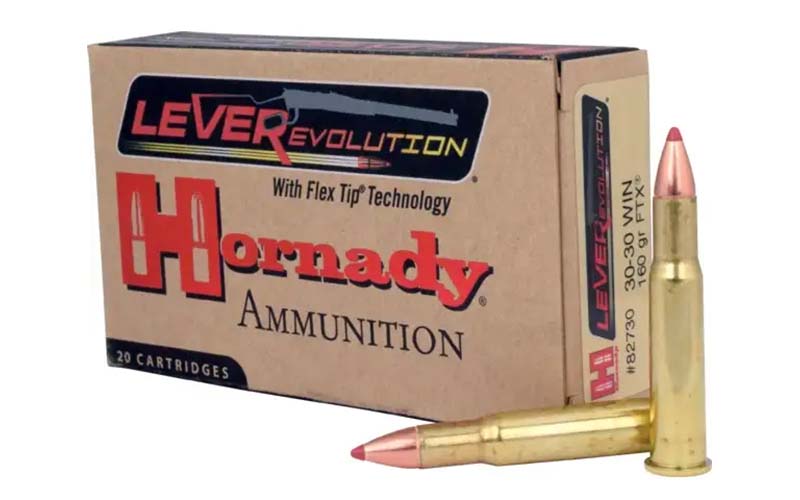

The 160-grain FTX bullet literally revolutionized ballistics out of the lever-action rifle. I recommend this for everything from whitetails, pigs and black bear to even large game like moose out to 100 yards. The secret to the performance of this ammo is the elastomer Flex Tip of the FTX bullets. These pointed bullets are safe to use in tubular magazines, and the higher BC offers a flatter trajectory so it drops less than the typical .30-30 bullet. Muzzle velocity is 2,400 fps and muzzle energy is 2,046 foot-pounds. Zero your gun at 200 yards and it will shoot about 3 inches high at 100, but that means you can hold dead-on out to 200 yards and still nail the kill zone of a whitetail. My Model 94 groups these Hornady loads at 1.1 inches at 50 yards. The only downside is price, as these can often go for over $1.50 per round. This is a great choice for black bear, elk, moose and longer shots on deer.
Buffalo Bore
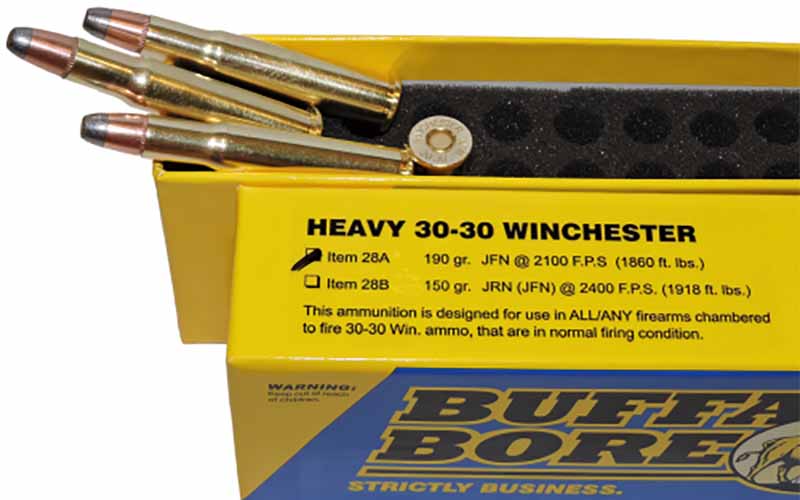

This 190-grain jacketed flat-nose round is jacked up in speed and power with a muzzle velocity of 2,100 fps out of the typical 20-inch barrel on .30-30 rifles. The load uses a Hawk Bullet with a hard core and thicker than typical jacket so it penetrates more than it expands. This is a heavy-duty round well suited for larger beasts like elk and moose or protection in grizzly bear country. This is definitely no plinking round though, as MSRP is about $86 for a box of 20. I do not recommend this round for deer because the bullet will easily over-penetrate.
Barnes Pioneer
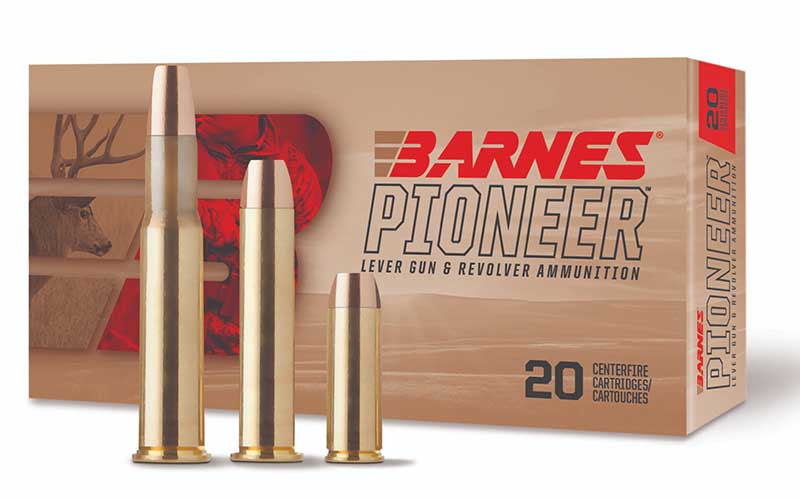

This ammunition is specifically designed for use in lever-action rifles to cycle smoothly and deliver on performance. The 190-grain all-copper flat-nose projectile offers expansion, weight retention and penetration with a muzzle velocity of 2,040 fps and 1,756 foot-pounds of energy. This is a great general-use cartridge for deer, boar and black bear. The price is a little steep, about $2.15 per round or $34 for twenty rounds.
Nosler E-Tip
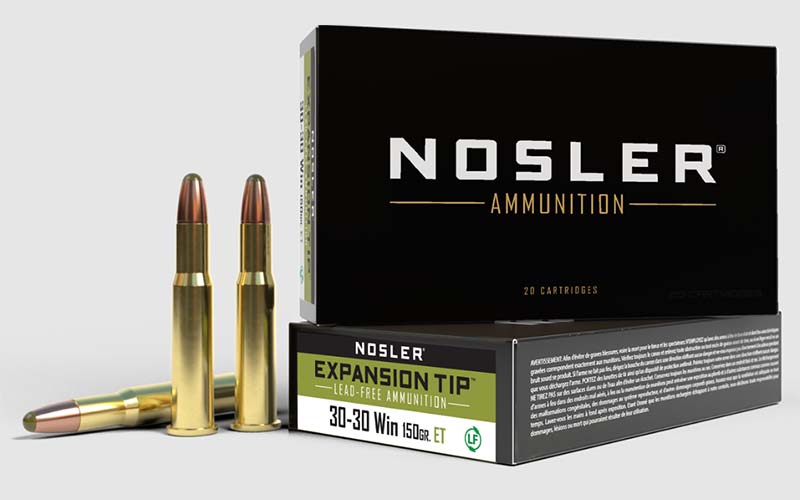

This ammunition uses an all-copper 150-grain round-nose polymer-tip bullet. The bullet’s boat-tail configuration reduces drag and, when combined with the streamlined polymer tip, wrings out longer-distance shots. Like all Nosler E-tip bullets, the polycarbonate tip prevents deformation in the magazine while boosting aerodynamic efficiency and initiating expansion on contact. Muzzle velocity is 2,250 fps and energy is 1,698 foot-pounds. The cost is about $2.90 per round or $58.00 for a box of 20 rounds.
Raise Your Ammo IQ:


Next Step: Get your FREE Printable Target Pack
Enhance your shooting precision with our 62 MOA Targets, perfect for rifles and handguns. Crafted in collaboration with Storm Tactical for accuracy and versatility.
Subscribe to the Gun Digest email newsletter and get your downloadable target pack sent straight to your inbox. Stay updated with the latest firearms info in the industry.

